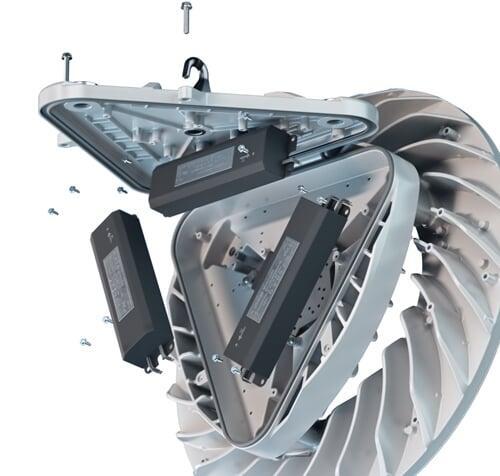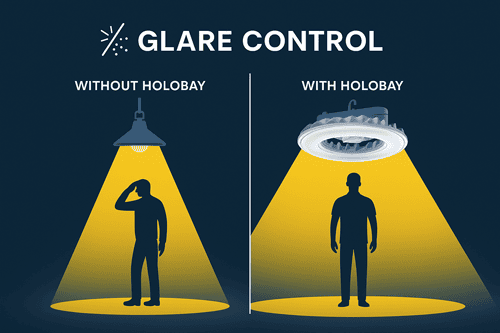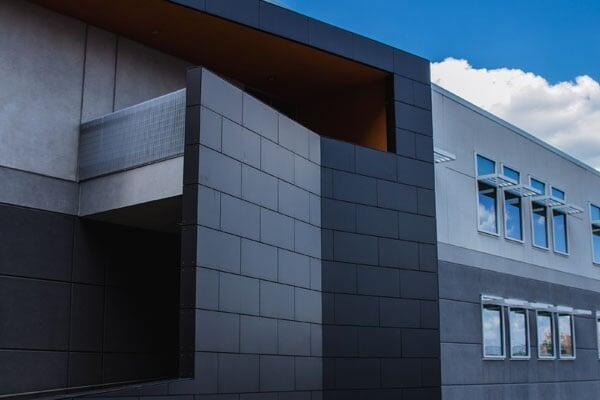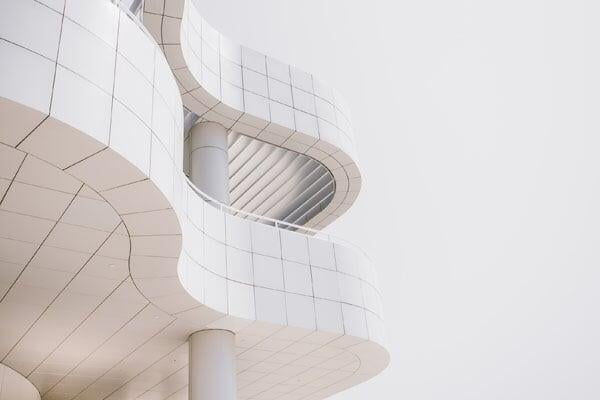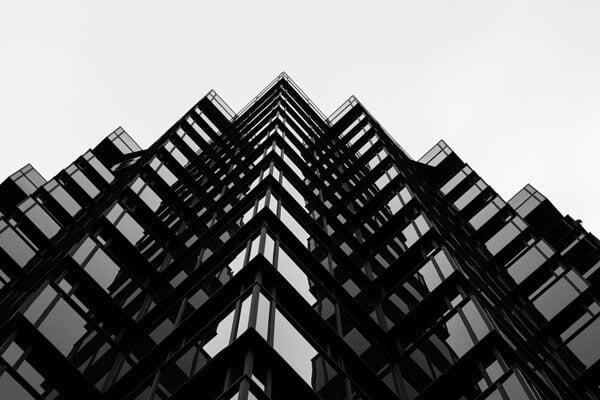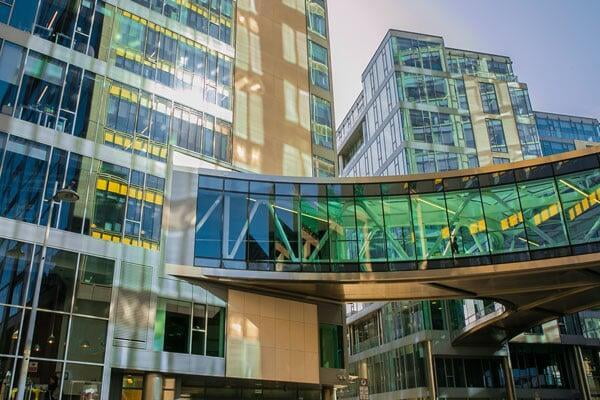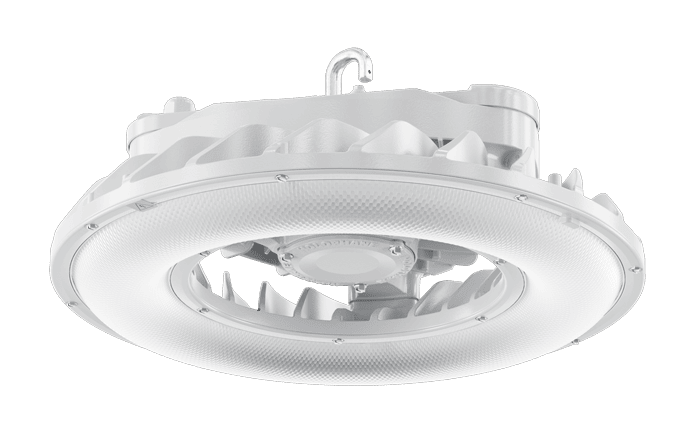
Holobay Holophane Europe
Holobay Holophane Europe
The Holobay, a next-generation industrial luminaire from Holophane, has won a Build Back Better Award in the 2025 lighting category.
The Holobay, a next-generation industrial luminaire from Holophane, has won a Build Back Better Award in the 2025 lighting category.
The high bay light balances resilience, efficiency and circular design, combining the latest PrismaLED optics with borosilicate glass refractors to deliver powerful, uniform light while reducing glare, improving safety, and lowering energy consumption.
Its borosilicate glass refractor—pressed in-house using vertically integrated processes—delivers outstanding optical control, resists UV degradation and eliminates yellowing, hazing, or dust build-up.
Combined with Holophane’s PrismaLED technology, it offers strong vertical illumination and volumetric light distribution — maximising visibility across all work zones.
Creativity is evident in Holobay’s serviceable, modular design. The luminaire features a self-cleaning venturi effect for reduced maintenance and is thermally managed to achieve a 100,000-hour system lifespan.
Its hinged gear access allows simple replacement of drivers or emergency gear, minimising disruption in operational environments.
Holobay was named 2025 High-Bay Product of the Year by EC&M Magazine, recognising its real-world performance in the most demanding industrial conditions.
Environmental leadership is embedded at every stage. Holobay is designed according to Holophane’s four pillars of EcoDesign—sustainable, scalable, serviceable, separable—and made in Britain using renewable energy.
It features recyclable glass optics and is supplied in plastic-free packaging made from biodegradable and recycled materials.
Holobay follows the Cibse TM66 CEAM framework, scoring 2.6 – Excellent. To ensure credibility, it is undergoing independent verification through the Lighting Industry Association (LIA) Assured Scheme.
Holobay supports social purpose by helping businesses deliver safer, more productive environments. Its low-glare performance reduces eye strain and injury risk. Its efficient optical design reduces unnecessary lumens, lowering power demand and supporting Net Zero ambitions.
